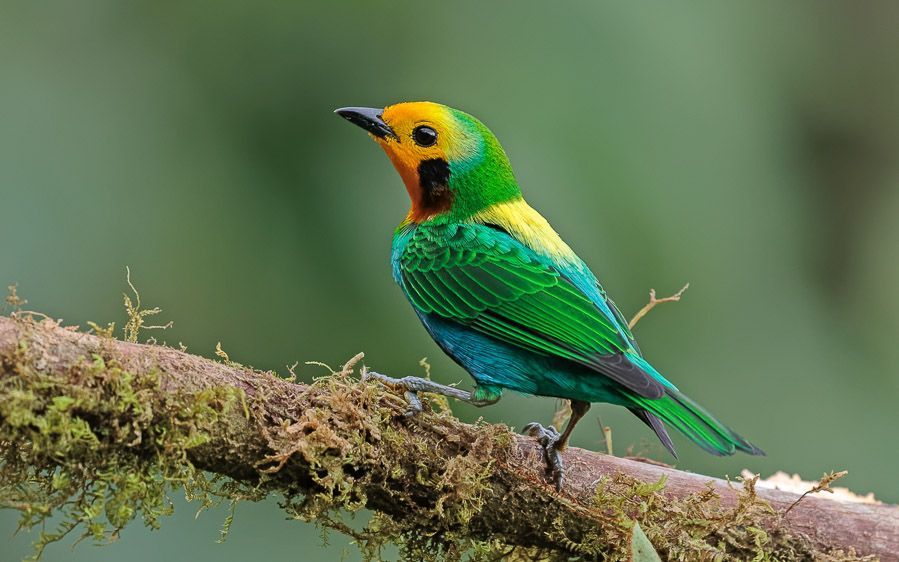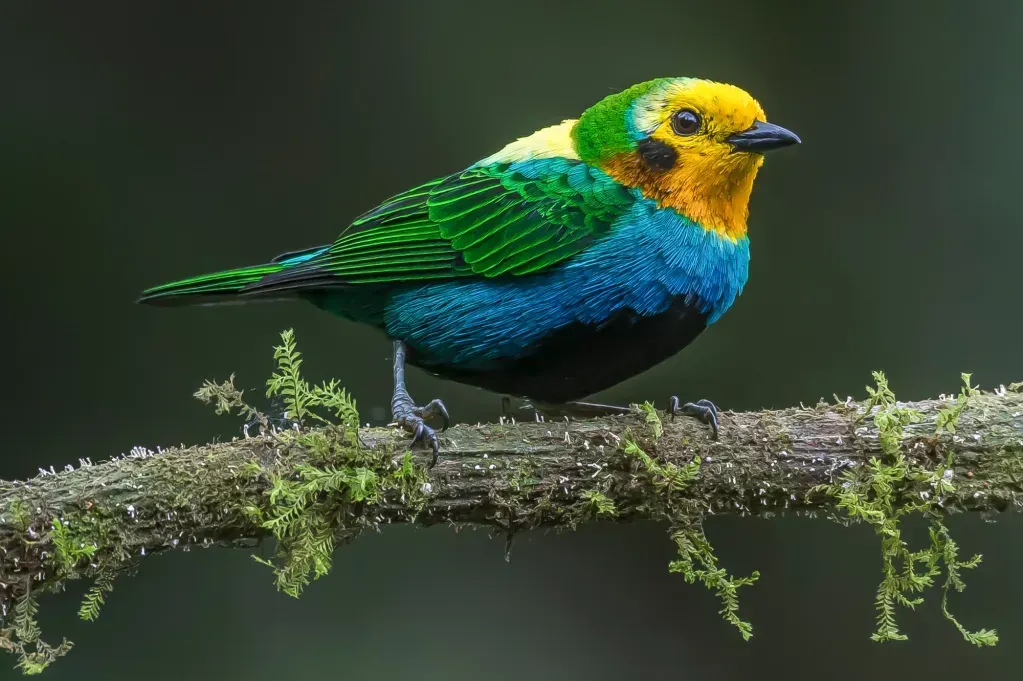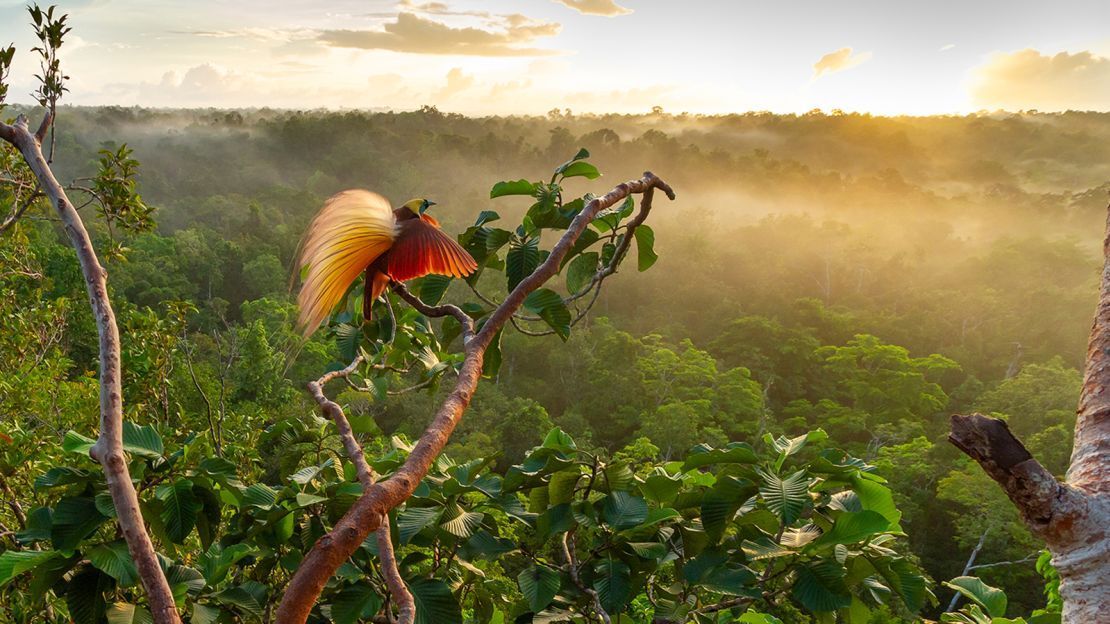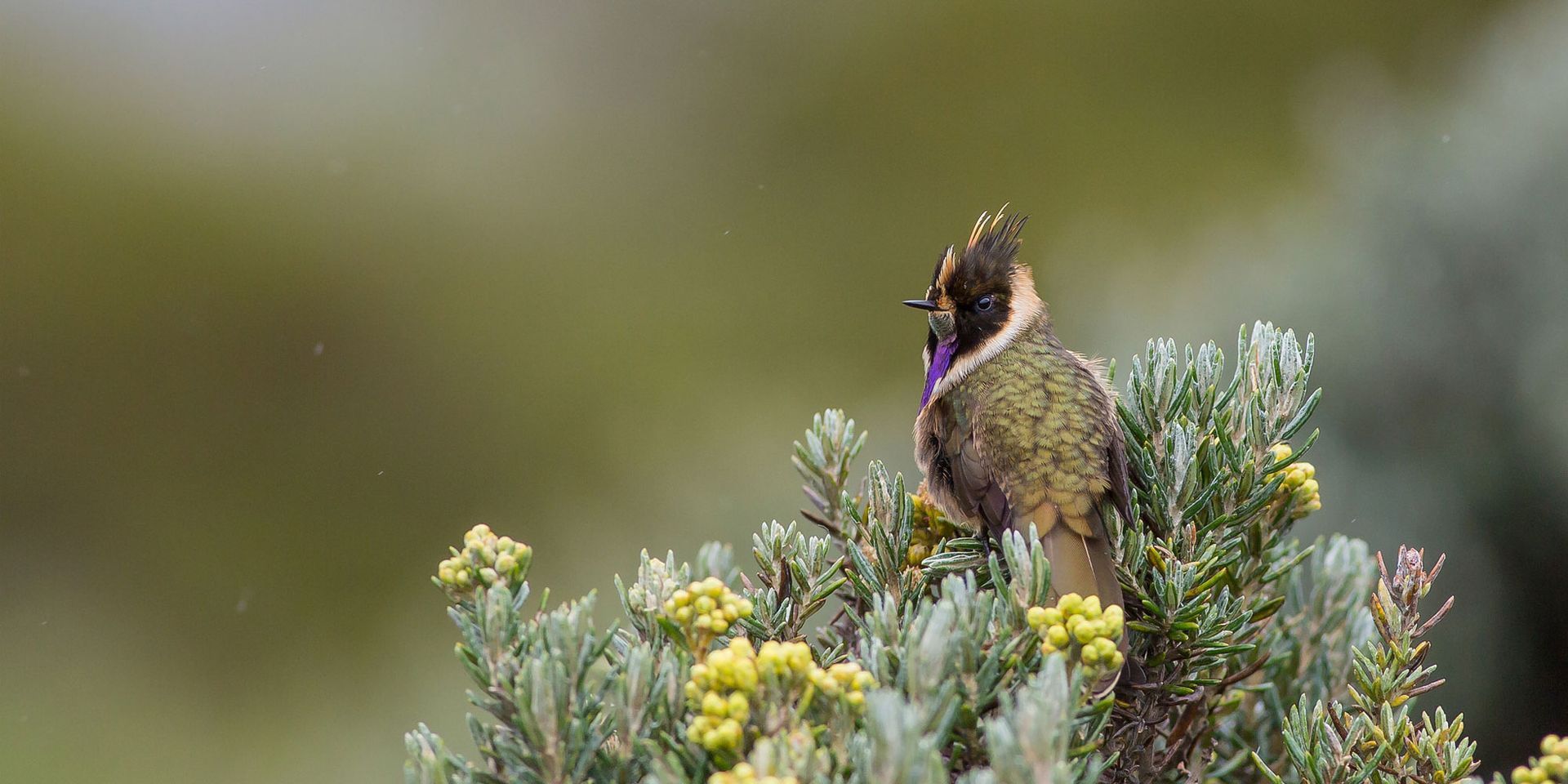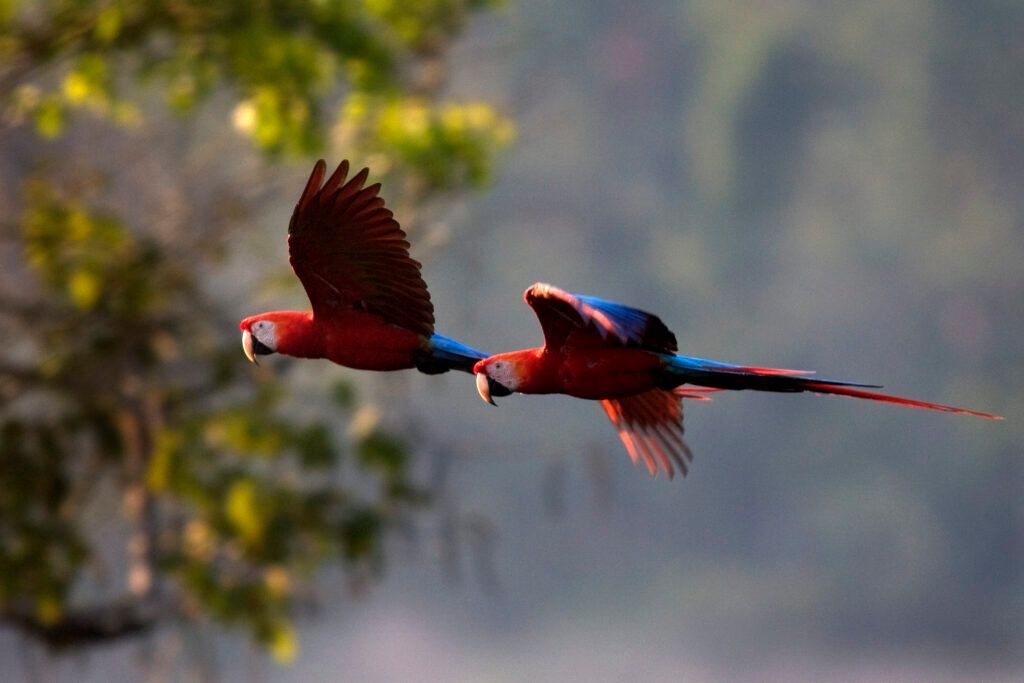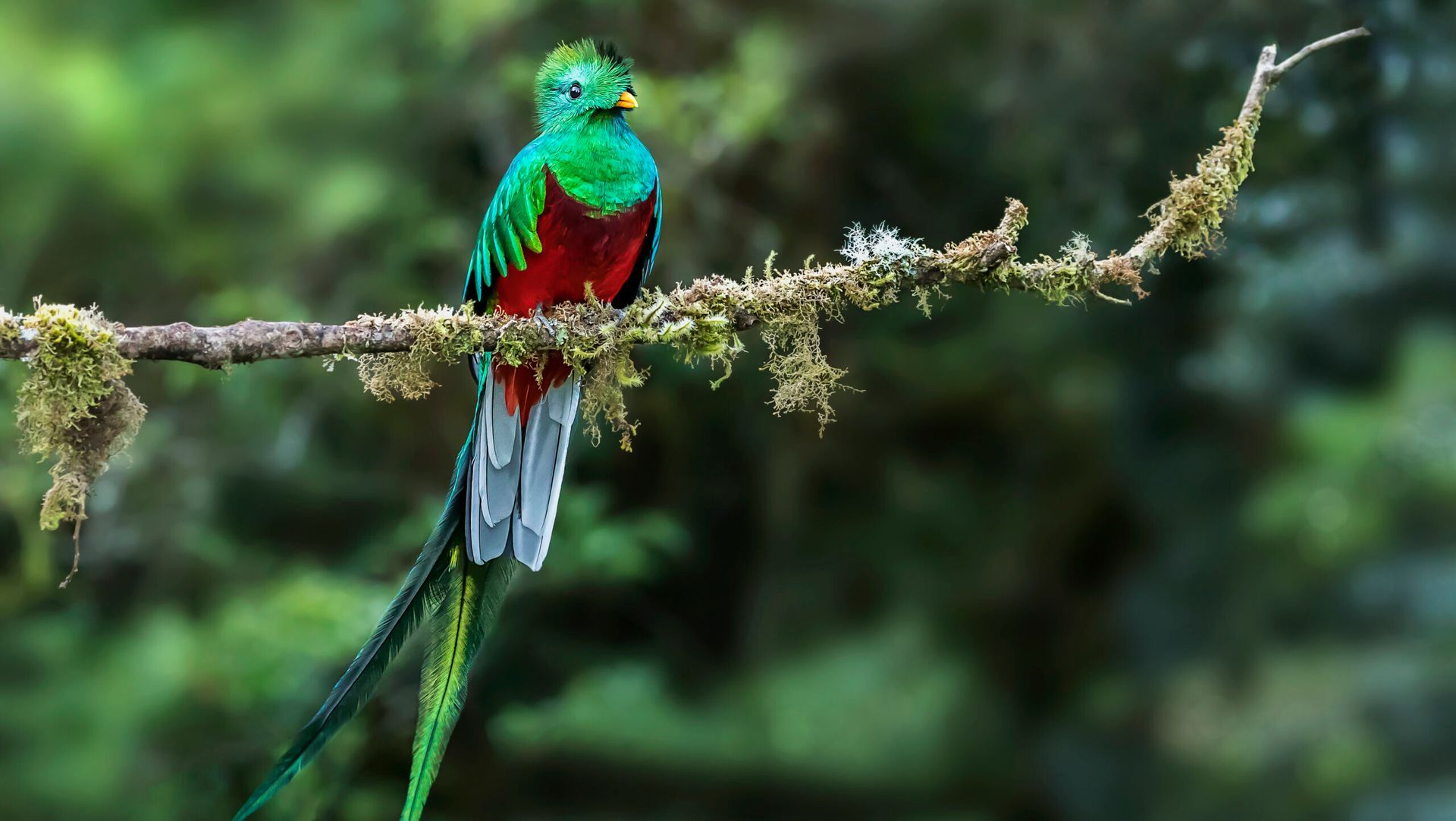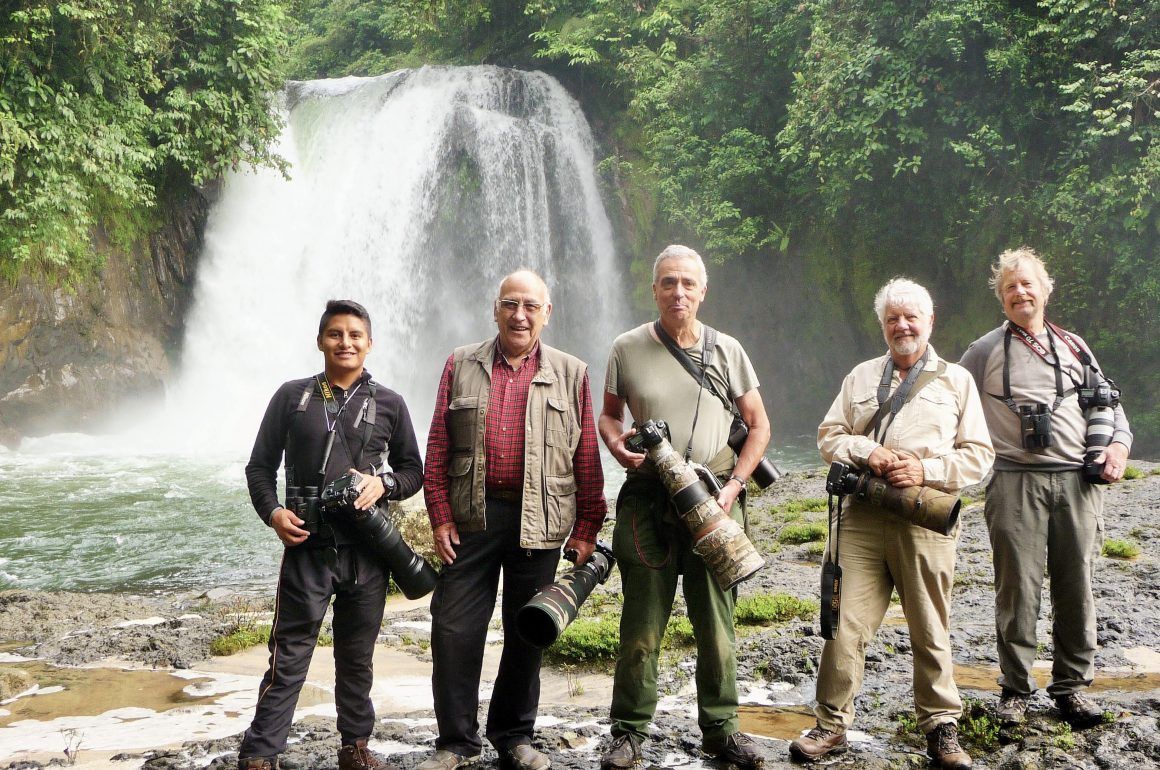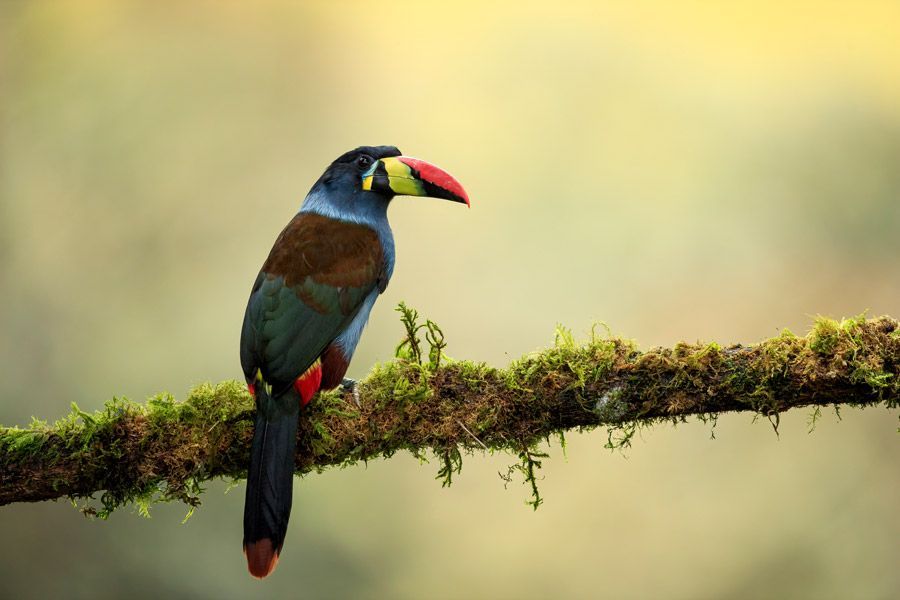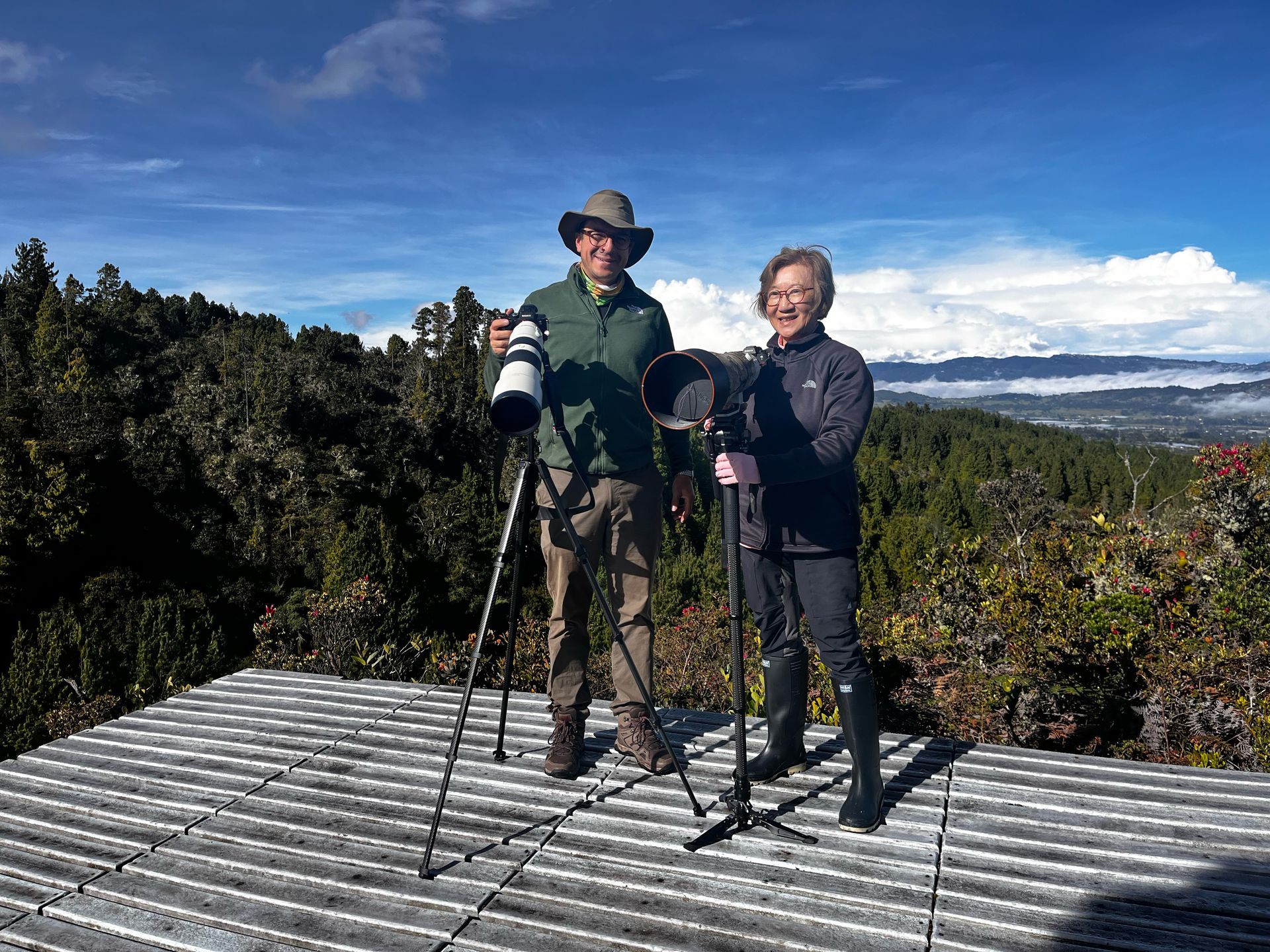How to Choose the Best Bird Photography Tours in Colombia, Ecuador, Peru, Panama, and Brazil
How to Choose the Best Bird Photography Tours in Colombia, Ecuador, Peru, Panama, and Brazil
South America is a dream destination for bird photographers, offering an unparalleled array of avian species, vibrant tropical birds, and breathtaking natural landscapes. Countries like Colombia, Ecuador, Peru, Panama, and Brazil provide countless opportunities to capture rare and endemic species in their natural habitats. However, navigating these diverse ecosystems and finding the best photography opportunities can be challenging without proper guidance. Choosing the right bird photography tour is essential to maximize sightings, improve your photographic skills, and ensure ethical interactions with wildlife. This guide explores key factors to consider when selecting the best bird photography tours in South America.
Determine Your Photography Goals
Before booking a tour, it is crucial to define your photography objectives. Are you interested in capturing vibrant tropical birds, rare endemic species, or action shots of birds in flight? Do you want to focus on highland species like the Golden-headed Quetzal in Colombia or lowland rainforest species such as the Amazonian Motmot in Peru? Understanding your goals will help you select tours that specialize in your preferred habitats and target species.
For example, photographers seeking hummingbirds in Ecuador should prioritize cloud forest tours in Mindo or Bellavista, where guides specialize in finding and photographing multiple hummingbird species at feeding stations. Those interested in large raptors like the Harpy Eagle may focus on Amazonian expeditions in Peru or Panama. Clearly defined goals also help guides tailor itineraries to ensure maximum photographic opportunities for your specific interests.
Research Tour Operators and Guides
One of the most important steps in choosing a bird photography tour is evaluating the experience and expertise of the operators and guides. Premier tours are led by knowledgeable guides who have years of experience in locating birds, understanding their behavior, and assisting photographers in capturing high-quality images.
When researching tour operators, look for those with:
- Proven track records of successful birding tours.
- Positive reviews from photographers, especially regarding rare species sightings.
- Specialized knowledge of specific habitats and bird species in Colombia, Ecuador, Peru, Panama, or Brazil.
- Ethical practices in wildlife photography and conservation awareness.
Experienced guides provide insights on the best times of day, optimal vantage points, and seasonal patterns of target species. They also offer advice on lens selection, camera settings, and positioning, ensuring photographers can capture both portraits and action shots of birds.
Consider the Destinations and Habitats
Each South American country offers unique ecosystems and habitats, from high-altitude cloud forests and Andean paramos to lowland rainforests, wetlands, and river systems. When selecting a tour, consider the types of habitats included in the itinerary and whether they align with your photographic interests.
- Colombia: Known for Andean cloud forests, Chocó rainforests, and paramo ecosystems. Key species include the Andean Cock-of-the-rock, Golden-headed Quetzal, and Long-wattled Umbrellabird.
- Ecuador: Offers cloud forests in Mindo and Bellavista, as well as Amazonian lowlands in Yasuni. Target species include hummingbirds, Toucan Barbet, and Amazonian Umbrellabird.
- Peru: Manu National Park and Tambopata Reserve provide both lowland rainforest and highland Andean species like the Harpy Eagle, Sunbittern, and Andean Condor.
- Panama: Darién and Boquete highlands host Resplendent Quetzals, Great Green Macaws, and migratory warblers.
- Brazil: Amazon Rainforest, Pantanal wetlands, and Atlantic Forest offer Hyacinth Macaws, Scarlet Ibis, Jabiru Storks, and rare understory birds like the Amazonian Umbrellabird.
Tours that cover multiple habitats increase your chances of photographing a wide range of species, offering both variety and depth in your portfolio.
Evaluate Group Size and Personalized Attention
Group size is an important consideration for bird photography tours. Smaller groups allow for more personalized guidance, flexible scheduling, and better access to prime photography spots. Large groups may limit opportunities for close-up shots and increase disturbance to birds.
Look for tours that maintain small group sizes, typically between 4 and 10 participants, especially for rainforest and highland excursions. Some operators offer private or semi-private tours, ideal for photographers who want tailored itineraries, extended time with specific species, and expert one-on-one guidance.
Assess Tour Duration and Timing
The length of the tour and the timing of your visit play a significant role in photography success. Many tropical birds exhibit seasonal behaviors such as breeding, lekking, migration, or feeding, which affect how and when they can be photographed.
- Early morning excursions are critical for capturing active birds, vibrant colors, and unique behaviors.
- Dry or wet seasons can impact visibility, access, and bird activity. For example, Amazonian rivers are navigable during the dry season, while cloud forest trails in Ecuador are less foggy and more accessible.
- Longer tours allow you to cover multiple habitats, increase chances of rare sightings, and practice photographing elusive species.
Premier guides plan itineraries around these seasonal and daily activity patterns, ensuring photographers have optimal conditions for capturing rare and colorful birds.
Equipment and Technical Support
Consider whether the tour provides support for your photography equipment. Some tours include:
- Photography hides or blinds for unobtrusive shooting.
- Feeding stations to attract hummingbirds and tanagers.
- Canopy towers or river platforms for elevated perspectives.
Additionally, guides often advise on lens selection, shutter speed, ISO settings, and lighting to capture birds in dense forests or open wetlands. Tours that accommodate photography equipment, provide technical guidance, and offer assistance with setup significantly enhance your chances of obtaining high-quality images.
Check Ethical Practices and Conservation Efforts
Ethical wildlife photography is crucial in preserving natural habitats and protecting rare species. Choose tours that prioritize:
- Minimizing disturbance to birds, nests, and habitats.
- Supporting local conservation projects and communities.
- Educating photographers on responsible practices, such as avoiding excessive playback calls or intrusive approaches.
Tours committed to conservation not only provide ethical experiences but also often allow access to private reserves, protected areas, and rare bird habitats that might otherwise be inaccessible.
Compare Costs and Inclusions
Bird photography tours vary in cost depending on location, duration, group size, and included amenities. Evaluate what is included:
- Accommodation and meals.
- Transportation within the country, including riverboats or 4x4 vehicles.
- Guided photography excursions with experienced leaders.
- Access fees for reserves, national parks, and private lodges.
While premium tours may be more expensive, they often provide higher-quality guidance, better access to rare species, and enhanced photography support, resulting in a more productive and enjoyable experience.
Seek Reviews and Testimonials
Researching feedback from previous participants is essential in choosing the best bird photography tours. Look for reviews on:
- Sightings of target species.
- Guide expertise and responsiveness.
- Quality of accommodations and logistics.
- Overall photographic opportunities and satisfaction.
Positive testimonials from experienced photographers provide confidence that the tour operator is reliable and capable of delivering a high-quality, professional experience.
Prioritize Safety and Accessibility
Birding in remote locations often involves hiking in dense forests, navigating rivers, or traveling to high-altitude areas. Ensure the tour operator prioritizes:
- Safety measures for participants.
- Experienced local guides familiar with terrain and wildlife behavior.
- Emergency plans, communication equipment, and medical support.
- Accessibility for photographers with varying levels of fitness.
Tours that combine adventure with safety protocols allow photographers to focus on capturing stunning images without worrying about logistics or hazards.
Final Tips for Choosing the Best Tour
- Define your target species and habitats: Choose tours specializing in areas where those species thrive.
- Work with experienced guides: They provide location knowledge, bird behavior insights, and photography tips.
- Prioritize small groups: Personalized attention enhances photography opportunities.
- Consider seasonality and tour duration: Plan around breeding, lekking, and migratory periods for optimal sightings.
- Check equipment and photography support: Look for hides, feeding stations, and technical guidance.
- Verify ethical practices: Ensure the tour emphasizes conservation and responsible wildlife interaction.
- Review costs and inclusions: Compare what is offered in terms of accommodation, transportation, and guided excursions.
- Read testimonials: Learn from previous participants’ experiences to choose a reputable operator.
Conclusion
Choosing the best bird photography tours in Colombia, Ecuador, Peru, Panama, and Brazil requires careful research, planning, and an understanding of your photography goals. Premier tours provide access to rare and vibrant tropical species, expert guidance, and ethical practices that maximize both photographic opportunities and wildlife conservation. By evaluating destinations, guides, group sizes, equipment support, timing, and safety, photographers can select tours that offer exceptional experiences, helping them capture stunning images of South America’s incredible avian diversity. With the right tour, patience, and preparation, your bird photography journey in South America can result in a collection of rare, vivid, and unforgettable photographs.


